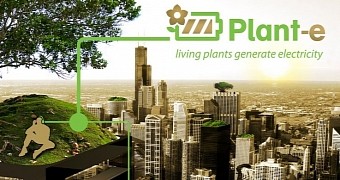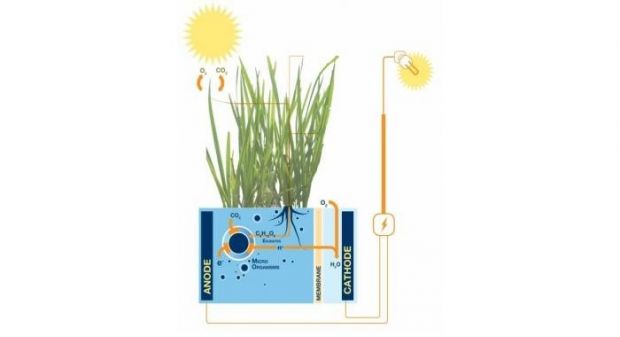Every living thing produces some sort of electrical current, no matter how weak. That includes plants. It is this reality that Plant-e latched onto and based all its plans around. Now we're seeing those plans coming to fruition.
There are several sources of renewable energy available to humankind. Geothermal energy, solar energy, even hydroelectric power plants count really.
Plants are also a source, or at least can be considered as such for as long as we manage not to destroy the world's ecosystem beyond repair.
Plant-e has decided to base its entire business model on plants and their all-too-real ability to generate electrical currents. And it's not just thinking about potato-powered lamps or watches here.
Trees can power light bulbs and street lights
In a project called “Starry Sky,” Plant-e was able to power more than 300 LEDs in Hembrug, The Netherlands, just by drawing on the power naturally generated by native aquatic plants supplied by local greenhouses.
In fact, Plant-e is also using water plants to light its headquarters, at least in part. A very good way to put one's money where their mouth is.
It is a very good start on the path towards a world where every available surface can be used to raise “plant power plants” so to speak.
The company thinks that it's possible to adapt the technology to provide free or at least very cheap power to poor areas where plants are abundant, like wetlands and rice paddies.
Urban areas can also benefit, if architects add plant projects to the roofs of houses and other buildings. In this, however, they will have to contend with plans to do the same with solar panels instead.
How the technology works
The plants do most of the work actually. Living plants carry out photosynthesis in order to provide themselves with all the energy and nutrients they need to live and grow. All it takes is light, water and carbon dioxide.
Plant-e harvests electrons from the soil and produces energy over time without damaging the plant in any way. A tube is placed horizontally below the surface of, say, a park, a forest, a wetland, peat bog, mangrove, rice paddy or delta, and used to draw electricity without having to poke, prod or stab the tree.
As the figure shows, an anode and cathode are placed vertically, on both sides of a plant's roots, in order to pull out the power “wasted” by the plant itself.

 14 DAY TRIAL //
14 DAY TRIAL // 


